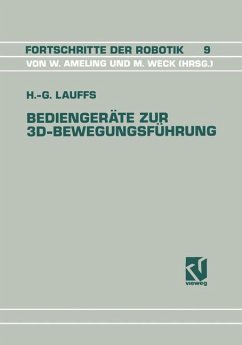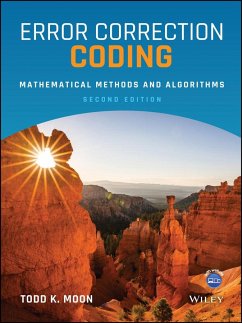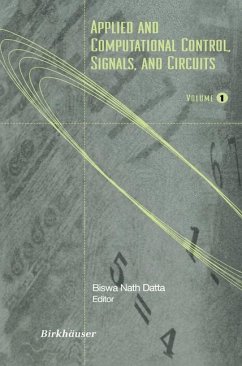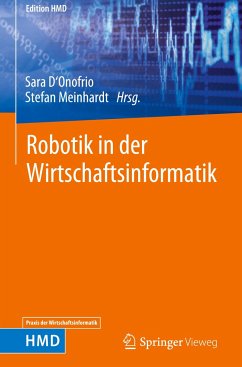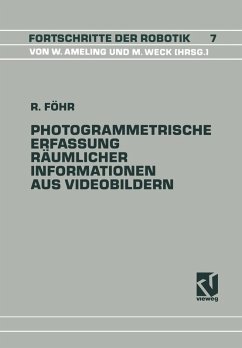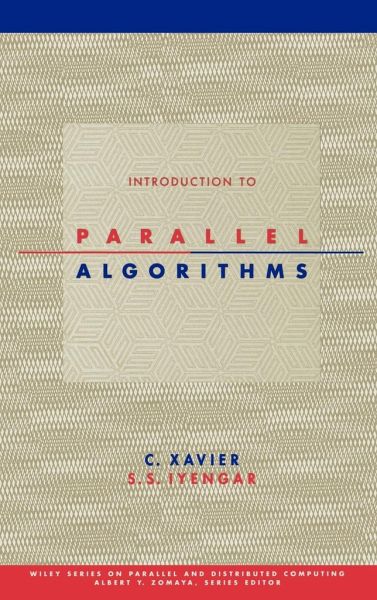
Parallel Algorithms
Versandkostenfrei!
Versandfertig in über 4 Wochen
184,99 €
inkl. MwSt.

PAYBACK Punkte
92 °P sammeln!
The complexity of today's information processing requirements, coupled with the availability of powerful computers, have boosted the interest in the study, design, and analysis of parallel algorithms. Introduction to Parallel Algorithms responds to the need in the field for an easy-to-understand text in this growth area of computer science. This valuable, easy-to-use reference addresses a pivotal issue in the field-how to control the proper sequencing of steps by the various processors involved in a given problem-solving task.
Parallel algorithms Made Easy
The complexity of today s applications coupled with the widespread use of parallel computing has made the design and analysis of parallel algorithms topics of growing interest. This volume fills a need in the field for an introductory treatment of parallel algorithms-appropriate even at the undergraduate level, where no other textbooks on the subject exist. It features a systematic approach to the latest design techniques, providing analysis and implementation details for each parallel algorithm described in the book. Introduction to Parallel Algorithms covers foundations of parallel computing; parallel algorithms for trees and graphs; parallel algorithms for sorting, searching, and merging; and numerical algorithms. This remarkable book:
Presents basic concepts in clear and simple terms
Incorporates numerous examples to enhance students understanding
Shows how to develop parallel algorithms for all classical problems in computer science, mathematics, and engineering
Employs extensive illustrations of new design techniques
Discusses parallel algorithms in the context of PRAM model
Includes end-of-chapter exercises and detailed references on parallel computing.
This book enables universities to offer parallel algorithm courses at the senior undergraduate level in computer science and engineering. It is also an invaluable text/reference for graduate students, scientists, and engineers in computer science, mathematics, and engineering.
The complexity of today s applications coupled with the widespread use of parallel computing has made the design and analysis of parallel algorithms topics of growing interest. This volume fills a need in the field for an introductory treatment of parallel algorithms-appropriate even at the undergraduate level, where no other textbooks on the subject exist. It features a systematic approach to the latest design techniques, providing analysis and implementation details for each parallel algorithm described in the book. Introduction to Parallel Algorithms covers foundations of parallel computing; parallel algorithms for trees and graphs; parallel algorithms for sorting, searching, and merging; and numerical algorithms. This remarkable book:
Presents basic concepts in clear and simple terms
Incorporates numerous examples to enhance students understanding
Shows how to develop parallel algorithms for all classical problems in computer science, mathematics, and engineering
Employs extensive illustrations of new design techniques
Discusses parallel algorithms in the context of PRAM model
Includes end-of-chapter exercises and detailed references on parallel computing.
This book enables universities to offer parallel algorithm courses at the senior undergraduate level in computer science and engineering. It is also an invaluable text/reference for graduate students, scientists, and engineers in computer science, mathematics, and engineering.






